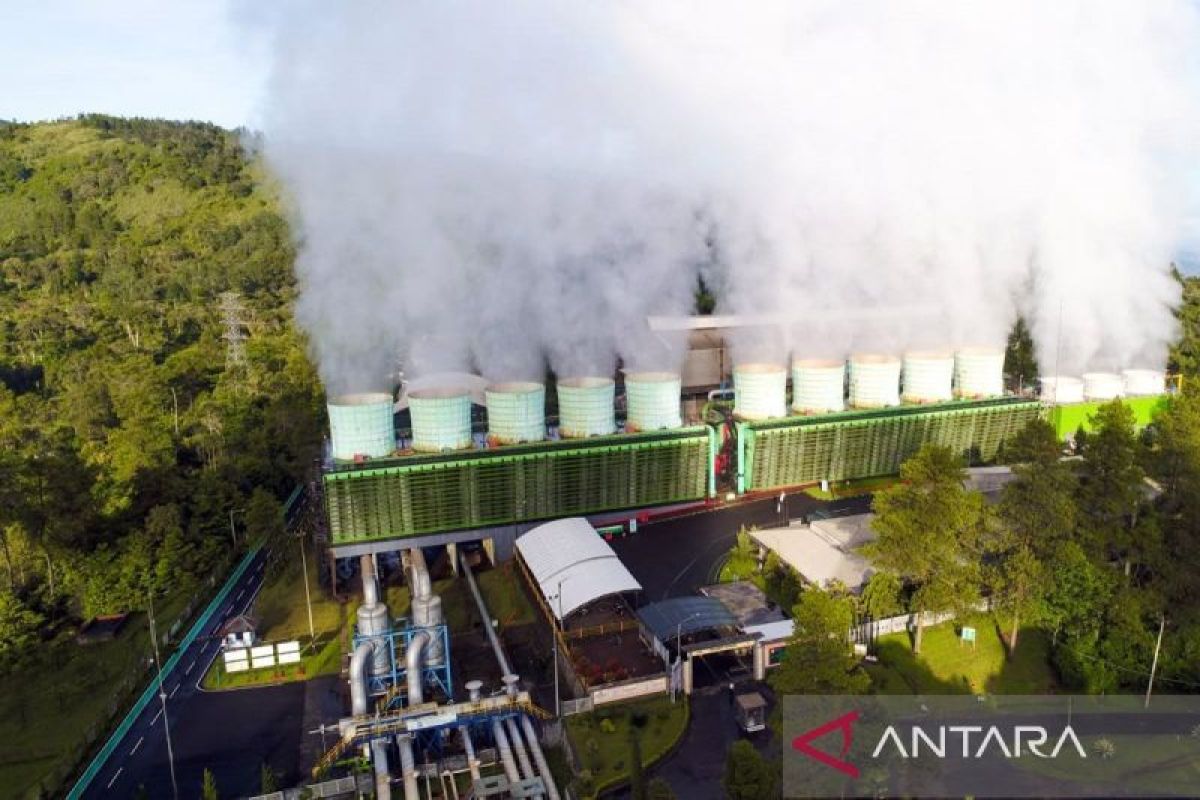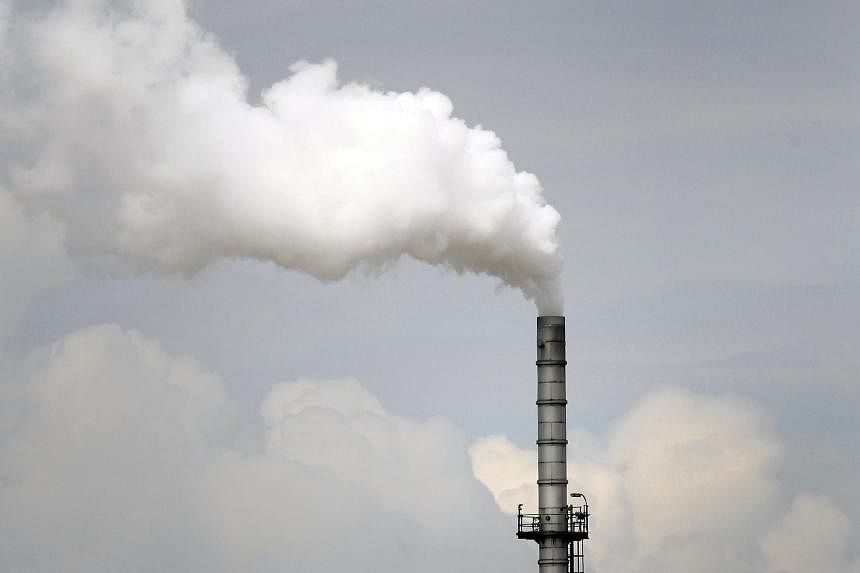- Climate starts with SEA
- Posts
- 🟢 [#39] Green Hydrogen: Pass the Gas
🟢 [#39] Green Hydrogen: Pass the Gas
💧 Wine from water? More like a mine from water
Hello! Halo! Kumusta! Xin chào! สวัสดี! မင်္ဂလာပါ! ជំរាបសួរ! ສະບາຍດີ!
🟢 Have you ever encountered the term “green with envy”? Ever wondered why the color green is associated with such an emotion?
👽 Well, the origin of this association stems from Shakespeare’s usage of the term “green-eyed monster” to describe feelings of jealousy in Othello, as well as “green-eyed jealousy” in his play Merchant of Venice (Study, 2023).
⚡Well, as we know from the other issues in our energy transition series—such as those covering solar energy [#32] and energy transmission [#36]—clean & renewable energy sources have tended to be quite envious of their dirty fossil fuel-based cousins due to characteristics like intermittency and portability. This is particularly what makes it so difficult to transition away from such fuel sources for heavy industries, which we covered in.
😮💨 Is green hydrogen a way of addressing some of the shortcomings of other sources? In this issue we’ll deep dive into whether or not it makes sense to pass this gas or pass on this gas 😉💨
🤔 What’s the deal with Green Hydrogen?
⚖️ When discussing climate mitigation and decarbonization, the focus tends to be on renewable energy. While this of course a key solution to leverage in the fight against climate change, other action is such as energy efficiency (covered in issue #34) and electrification (covered with respect to transportation in issue #13) are also critical.
💧 A topic that we haven’t yet covered is the role of (cleanly produced) hydrogen, which also plays a critical role in sequestering greenhouse gases, especially in the hard to abate industries that we mentioned in our 12th issue.
⚛️ What exactly is hydrogen (H2)?
Hydrogen is the simplest and most abundant element in the universe, but it rarely exists as a gas on Earth—it must be separated from other elements... [it] can be produced from diverse, domestic resources, including fossil fuels, nuclear energy, biomass, and other renewable energy sources such as solar, wind, and geothermal, using a wide range of processes
🪫One of the ways that hydrogen can be generated is through a process known as electrolysis, which splits water—composed with 2 hydrogen atoms and 1 oxygen atom—into its core components by using direct electric current to drive an otherwise non-spontaneous chemical reaction. You can think of this sort of like mining water to convert it into H2. If leveraging renewable sources like solar & wind, then the hydrogen that’s produced as a result of this electrolysis process is known as “green hydrogen” to distinguish it from other types of hydrogen...
🕸️ Currently, the market for hydrogen amounts to around 90M tons per annum (MTPA) the vast majority of which is of the “grey” variety (McKinsey, 2024). Grey hydrogen is generated from natural gas, or methane, through a process called steam methane reforming (SMR); relatedly, there is also black & brown hydrogen which uses coal as a feedstock (World Economic Forum, 2021).
🦁 While this might represent the majority of current demand, cleaner forms of hydrogen are projected to represent the lion’s share of future demand, as shown in the two charts below.
✨ Unfortunately, there are major headwinds standing in the way of scaling green hydrogen: while demand for hydrogen is expected to quadruple by 2030, green hydrogen currently costs around 4 times more than the grey variety (Bloomberg, 2024). The primary drivers of this cost are threefold:
🏭 Capital expenditures to get the technological infrastructure set up
💹 Prices of renewable energy sources as an input
🚛 The cost of transporting the fuel
🔦 While the industry is optimistic that unit economics will evolve favorably moving forward, maximizing success hinges upon a vertically integrated approach such as the one with H2 Green Steel in Sweden, which leverages hydroelectricity & wind as an energy source to generate green hydrogen as an input into steel manufacturing (Hydrogen Europe, 2024).
🛢️ Similar to global trends, ASEAN also currently sees the vast majority of it’s 3.5 MTPA of hydrogen generated from SMR, which carries a carbon cost of around 7kgs per 1kg of hydrogen produced; the primary drivers of this demand are for ammonia and oil refining (ERIA, 2024). Industry proponents hope to replicate the success of cases such as the aforementioned case of H2 Green Steel within the region, by leveraging a supply of falling renewable energy sources and customers who are willing to switch from dirty to clean hydrogen.
🏭 One such massive project called the “Western Green Energy Hub” in neighboring Western Australia aims to produce a whopping 3.5 MTPA, which—as mentioned above—represents around ASEAN’s entire hydrogen per annum! (CSIRO, 2024). ASEAN countries share similar ambitions, with Indonesia, Malaysia, and Singapore each making commitments, as we’ll see later on in the issue. Moreover, this week’s interview features a visionary founder of a green hydrogen venture based out of Singapore.
📚 Want to learn more about this topic?
🗞️ Recent News
🎙️ Interview with Tulika of SunGreenH2

Opportunities for hydrogen range from the hard to abate sectors such as steel, to transportation and power-to-X applications. Our technology is focussed on increasing the adoption of hydrogen into the energy system by lowering the Levelised Cost of Green Hydrogen (LCOH). Without the sub $3/ kg LCOH that we are achieving, green hydrogen at scale will only be led through regulation.
💡 Why were you initially inspired to tackle green hydrogen?
🪙 The middle east was known as the land of liquid gold when I was growing up there. This precious commodity was the catalyst for the Gulf War of 1990, which displaced my family as refugees and began my awareness of the desire and destruction possible in the search for precious natural resources. I went on to train as an electrical engineer and started my career as a wireline engineer on offshore oil and gas rigs in Kazakhstan and Norway.
🎓 After an MBA to begin joining my engineering and oil experience with business and economics, 15 years ago I joined BP's renewable energy team in London where I commercially developed wind farms in India, a wind turbine JV in China and registered carbon credits with the UNFCCC. Being part of the renewable energy industry at the onset was like seeing the light - there was no going back to fossil fuels for me. I have been passionate about clean energy ever since. I believe that just as the previous decade belonged to renewables, the next decade will belong to the technologies that take decarbonisation beyond the 25% reduction achievable with renewable electrification - hydrogen and batteries and more! I wake up every day determined to make a meaningful impact on decarbonisation by working on a future technology with my incredible team and making a potentially game changing impact on the hydrogen economy.
💼 In 2020 I acted on an opportunity to found SunGreenH2, a clean hydrogen business alongside my brilliant co-founder and CTO of our company, Dr Saeid Masudy Panah. We started with a vision and mission to build electrolyzers with world leading performance by replacing precious metals with earth abundant and low cost nanostructured materials in our stacks (the part of the electrolyzer where the water splitting takes place).
🔌Hydrogen is a well-known quantity to the energy sector. Green hydrogen brings new opportunities for decarbonisation in hard to abate sectors like industry, transport (shipping, aviation) and power generation which are now being discovered by energy transition market players and future participants in the growing hydrogen economy.
🛠️ How exactly is SunGreenH2 solving it?
🧑🏻🔬 SunGreenH2 has been recognised globally for our nanotechnology based approach to accelerating the adoption of clean hydrogen for deep decarbonization in hard-to-abate sectors. By manufacturing high-performance core components for electrolyser cells, stacks and systems, we enable our customers to produce the cheapest molecule of green hydrogen anywhere in the world. Our unique electrodes made using our novel platform technology can double (2x) hydrogen production using 20% less energy and without using any precious metals for any type of electrolyser. Our team is truly phenomenal—we have gone from electrode to full electrolyzer system in the space of just 3 years which is at an incredible pace.
🚀 At SunGreenH2 we are on a mission to scale our product to industrial size allowing us to deploy electrolysers to the largest industrial users who are currently consuming 90 million tons of hydrogen in ammonia production, refining, chemicals and steel production. These are the hardest sectors to abate in terms of decarbonization and with green hydrogen as a substitute, we can make a meaningful impact on CO2 removal. We know however that large industry does not adopt solutions unless they are cost effective and this is why in 2024 we are aiming to launch our megawatt-class electrolysers to produce affordable green hydrogen at scale. This year we also plan to expand into new markets including US, Japan, and India.
🏭 Opportunities for hydrogen range from the hard to abate sectors such as steel, to transportation and power-to-X applications. Our technology is focussed on increasing the adoption of hydrogen into the energy system by lowering the Levelised Cost of Green Hydrogen (LCOH). Without the sub $3/ kg LCOH that we are achieving, green hydrogen at scale will only be led through regulation.
⚡ The core of SunGreenH2’s technology is our proprietary advanced-material electrodes that comprise the key components of our electrolysers. We supply key components for electrolyzer cells, stacks and systems. A stack is an efficient array of electrodes and membranes arranged to maximize hydrogen production and space.
😲 What is a surprising fact about green hydrogen in Southeast Asia?
🌏 Countries are adopting energy transition at varying paces but we are seeing an uptake in planning through the creation and rollout of national hydrogen strategies across the region.
🏭 These range from readiness for hydrogen imports for co-fired power generation in Singapore to maximising use of reliable green electricity generated by hydropower in Sarawak, Malaysia to power a new tram network fitted with fuel cell powertrains.
🔌 With the adoption of renewable power at a pace that is outgrowing the grid’s ability to take on green electrons, hydrogen is the ideal medium to store energy from curtailed power.
🎬 What actions can readers take now to support your cause?
🏎️ More and more countries have announced policy directions towards increasing hydrogen use in the power generation, transportation and industrial sector applications, such as green steel. To meet this rapidly emerging demand for green hydrogen, we will continue to expand our OEM-based operations across key markets in 2024.
🤝 If readers are considering hydrogen-based projects and seeking precious-metal-free solutions at world-leading efficiencies, then please get in touch. We are always seeking new adopters of our technology by project developers, system integrators and offtakers from the region and around the world.
🦸🏻 What do you do when you’re not saving the world?
👩🏻💻 SunGreenH2’s differentiated offering and our product uniqueness requires participation at conferences and at the sharp end of technical discussions as the industry discovers the benefits of our technology. So these days I am always working!
👨👩👧👦 In my downtime I enjoy spending time with my children in Singapore.
❓ Did you enjoy this week’s issue? If yes, please do forward to your friends who would enjoy the read as well.
📧 Also, feel free to let us know what you thought by giving us feedback at [email protected].
🌊 SEA you next week!
Karina & Massimiliano






